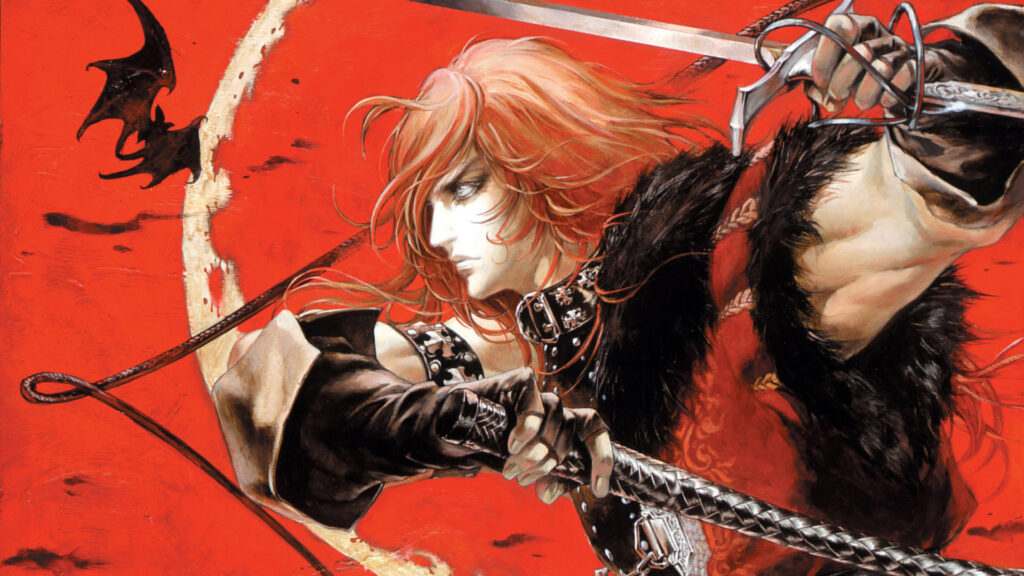
The original Castlevania was no stranger to being remade. The same year the NES/Famicom version came out in 1986, Vampire Killer was released on MSX. This was a very different game than its progenitor and had more exploration and keys to find; almost a proto Symphony of the Night.
Super Castlevania IV (1991), was yet another remake, but one that took much more liberties. Some enhancements such as the darker mood, fluid controls, and eight-way directional whipping might make it one of the best remakes around. Despite its name, it was not a sequel to Dracula’s Curse.
Two years later, Castlevania got remade again but as a Japanese exclusive for the Sharp X6800. The west would not see this game until the twilight years of the PlayStation, with the PlayStation 2 already out. This PlayStation port would also contain, yet another remake- Castlevania Chronicles.
Castlevania Chronicles
Developer: KCET
Publisher: Konami
Platforms: PlayStation (reviewed), PlayStation 3 (via PSN download), PlayStation Portable (via PSN download), PlayStation Vita (via PSN download), Sharp X68000
Release Date: October 8, 2001
Players: 1
Price: $5.99
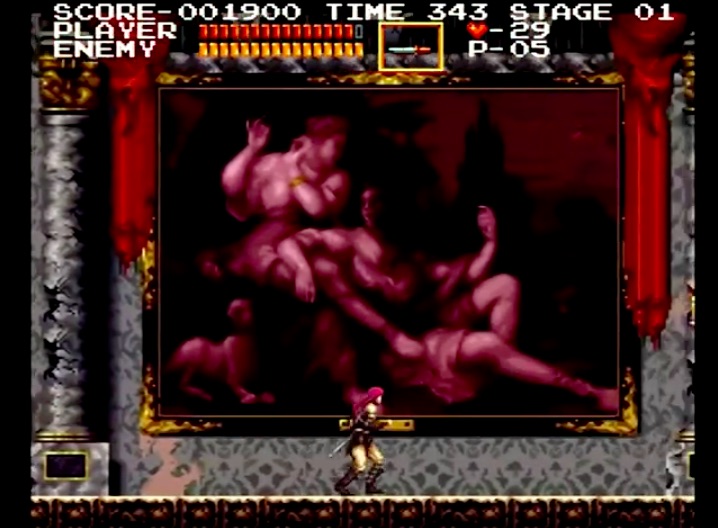
Video game remakes are nothing new to the medium. Sometimes a developers likes to reinvigorate an old idea or simply improve on the visuals. The best thing about a remake is that you know what you are going to get.
With Castlevania Chronicles, you’re getting a remake, and remake of that remake… Kind of. Just what is it about the original Castlevania that makes it so susceptible to being remade? Much like Bram Stoker’s Dracula, it never ends.
The core of Castlevania Chronicles is the Sharp X68000 remake of the original 1986 game. There is also the “Arrange Mode,” that changes the experience with various tweaks and graphical updates to make it more consistent with Rondo of Blood and Symphony of the Night.
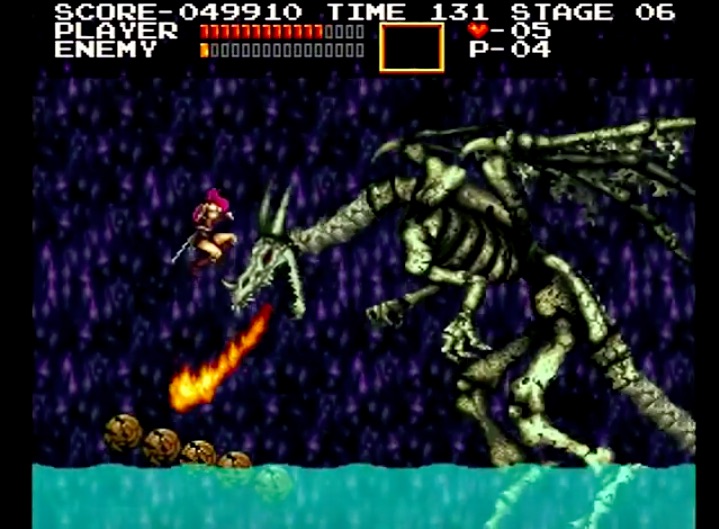
Before Symphony of the Night changed the focus of the franchise, Castlevania was typically a straightforward action platformer. What made it so compelling was how challenging the platforming could be, the gothic hammer-horror atmosphere, and the satisfaction of the whip crack on enemies.
Each area would present unique challenges in the level layout with enemies designed around placement of platforms. This would often be some of the most devious challenges to negotiate since time and sub-weapon resources were limited.
If you are not mindful, it could be easy to get caught in a cycle where you endlessly kill medusa heads or charging ghouls. You didn’t have health items, magical equipment or a level up system; just your reflexes and wits.
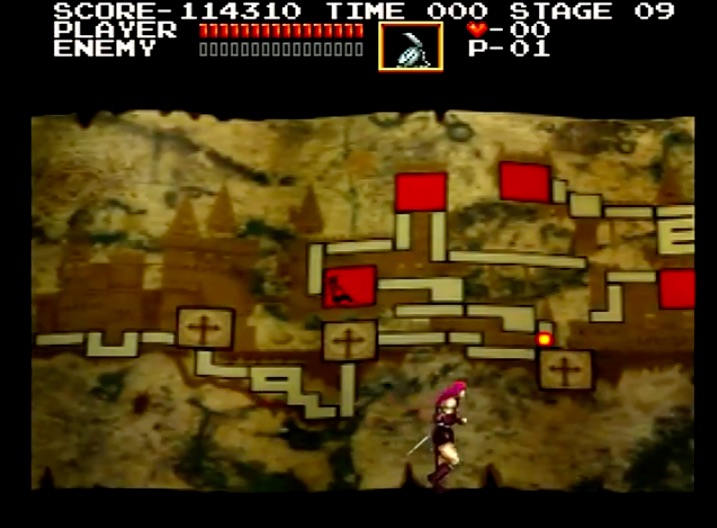
The “Original” and “Arrange” games are very similar in Castlevania Chronicles. The most obvious difference is the graphics. The Sharp X68000 game is has a much brighter and more colorful aesthetic.
Simon’s sprite is very clean and resembles his Frank Frazetta-esque depiction with some shades of Arnold Schwarzenegger. He is a buff and lean, mean, strutting, monster-slaying machine.
Original is almost a 1:1 PlayStation conversion of the formerly Japan only Sharp X68000 game. If you are familiar with the NES Castlevania, then this edition will have some new content to experience. Some of the additions are layouts from Dracula’s Curse and Super Castlevania IV.
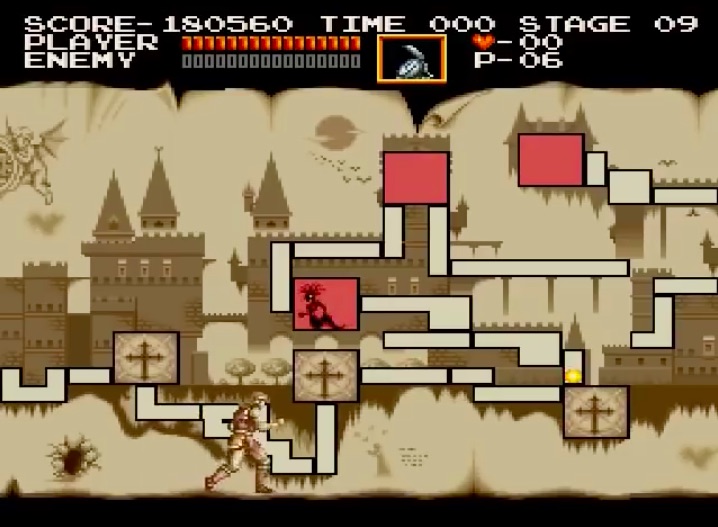
The game has not just been expanded, but some areas have been remixed and moved around to enhance the flow. Original Mode is harder than the NES game just by sheer volume of new challenges that compound on each other.
Average gamers today may find this kind of action too spicy or potentially “unfair”. Back in the Clinton years, this was what everyone considered getting value from your game. There is no way to cheese a victory, all you have is your skills.
If the Original Mode is too demoralizing, then Arrange Mode is a worthy alternative that is designed for those accustomed to Symphony of the Night‘s balance. Differences may seem superficial, but Arrange is a very distinct experience.

Ayami Kojima’s art was a defining aspect of Castlevania‘s aesthetic since Symphony of the Night. She has not been a part of the series since Harmony of Despair, but her take on Simon Belmont did leave enough of an impression that it inspired his design in Mirror of Fate.
Simon’s redesign makes him less Conan the Barbarian, and more like a red-headed buff bishounen hunk who’s ready for leather week. It is an unconventional interpretation, but it finally makes Simon something that isn’t going to attract lawyers.
After a while, Simon’s new look grows on you. He still comes off as a tough guy and feels consistent with other boys in his lineage like Richter, Leon, and Juste. This design would eventually serve as the basis for his look in Judgement.
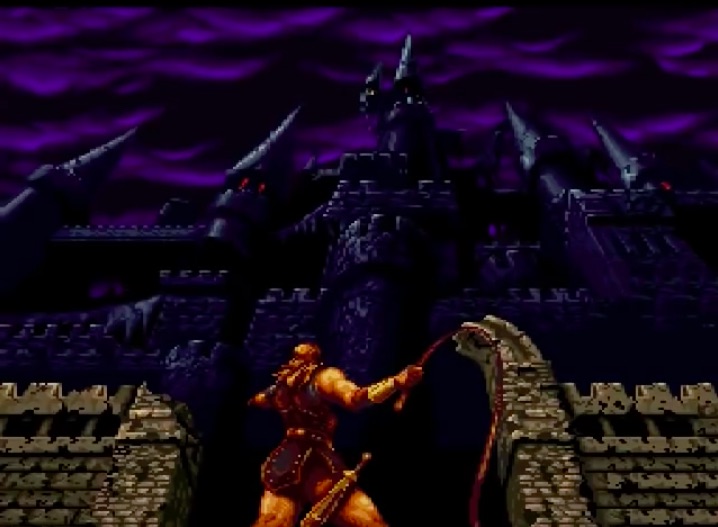
The only other noticeable character redesign is Dracula himself. In Arrange, the count is intended be consistent with his appearance in Symphony of the Night, but ends up looking more like a really tall and awkward goblin in a fancy bathrobe.
Dracula completely lacks his classiness and cool evil aura he had in 1997. He comes off as more of an evil wizard than something that was always meant to be a metaphorical anti-Christ.
In Original Mode, Dracula was obviously inspired by an amalgam of several movie versions. Some mannerisms are obviously taken from Bela Legosi, and many design elements like his attire and face are seemingly lifted from Christopher Lee’s take on the character.
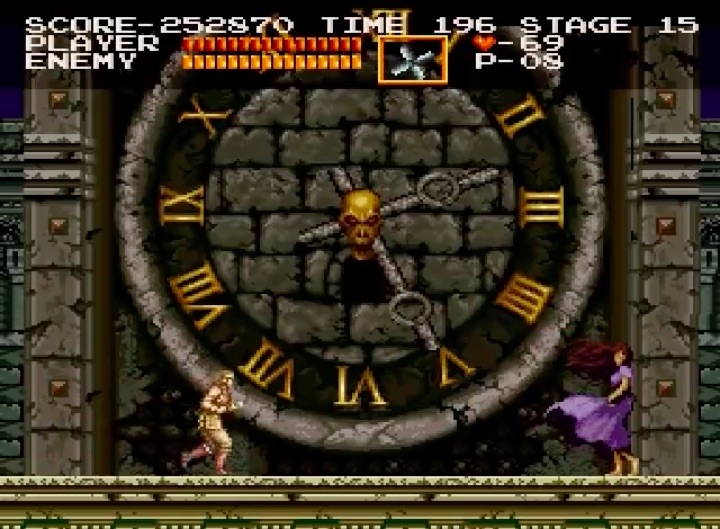
The Hammer horror and Universal visual flourishes do not end with Christopher Lee and Bela Legosi. Castlevania has always been very upfront with its aesthetically flair and spotting the homages is part of the fun of the Castelvania franchise.
Movies were always a source of inspiration for Castlevania; it is seemingly Raiders of the Lost Ark meets the “Golden Age” movie monsters. Every stage is full of cheeky references to old timey horror cinema. From Nosferatu’s cameo, to Frankenstein’s monster, Castlevania Chronicles is an interesting ride for horror fans.
Some unique twists like the boss battle with the werewolf lady on the clock tower are striking and original visuals, as well as proving to be one of the hardest fights in the game.
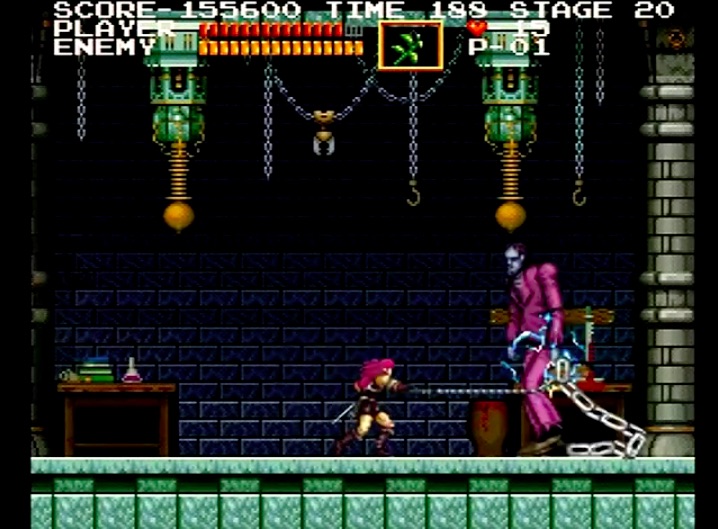
Another key distinction between the two modes is the CGI intro and ending cutscenes in Arrange, which are horrendously compressed and intensely murky through the various filters. The less showy pixel art scenes in Original are more pleasing, and depict a more hopeful atmosphere in the ending.
Other than some subtle differences in the color pallet, Arrange and Original look the same. The real differences are felt when playing. Simon moves noticeably faster in Arrange, and getting hit results in much less knock-back which would otherwise lead to some cruel deaths in Original.
Enemy and item placement is also very different. There are moments where the designers will go so far as to play dirty tricks on players who think they know Castlevania. It is these little moments that are peppered through out Arrange that make it worthwhile to experience and keep it fresh. It has so many little changes in it; Arrange ultimately becomes a different game.
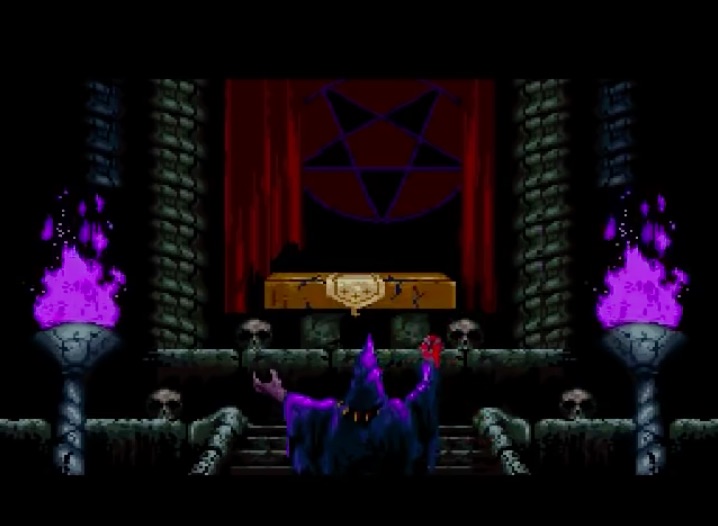
This is a faithful expanded remake of the original 1986 game, so fans of Super Castlevania IV‘s playability may be disappointed. Simon will not be moon-walking, swinging or whipping in eight directions. Castlevania Chronicles aims to only refine what was there, not to reinvent it.
This is likely why Chronicles might have been forgotten or ignored. It might have seemed archaic or too simplistic by the standards set by Symphony of the Night, so gamers predictably assumed it was a step backwards in design.
Chronicles is a much harder game to beat than most other entries in the franchise. It is likely why Arrange mode offers options to make it easier. The number of lives can be increased and Simon’s health can be boosted, but the arbitrary timer can’t be disabled.
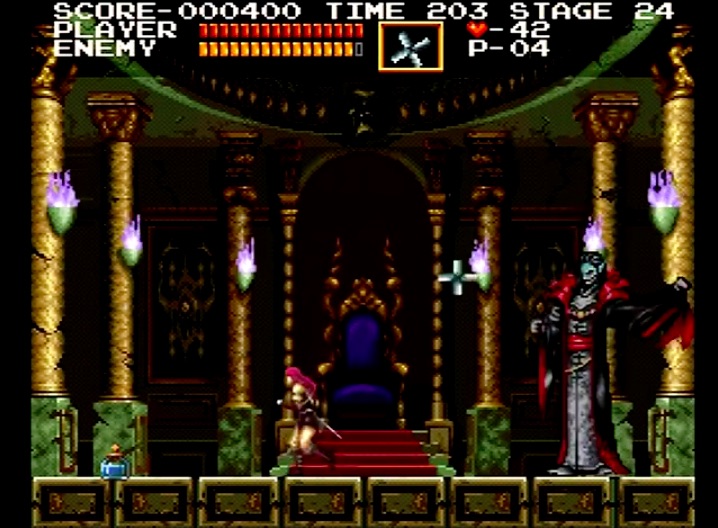
Dracula X and Rondo of Blood proved that Castlevania could be challenging and still not have a frustrating timer that counts down to your death. It is disappointing that Arrange does not have the option to disable it.
In theory, Chronicles should have poor replay value. It is extremely linear, and unlike Rondo of Blood, there is only one ending and only Simon to play as. What saves Chronicles from being a one and done game is a combination of satisfying playability and the new game plus system.
Beating Dracula is not seeing all the game has to offer. In new game plus, the difficulty exponentially increases with every time Dracula is defeated. It is utterly thrilling to experience the game in this manner; to put yourself to the test and see how far you can go and to see what the game will throw at you next.
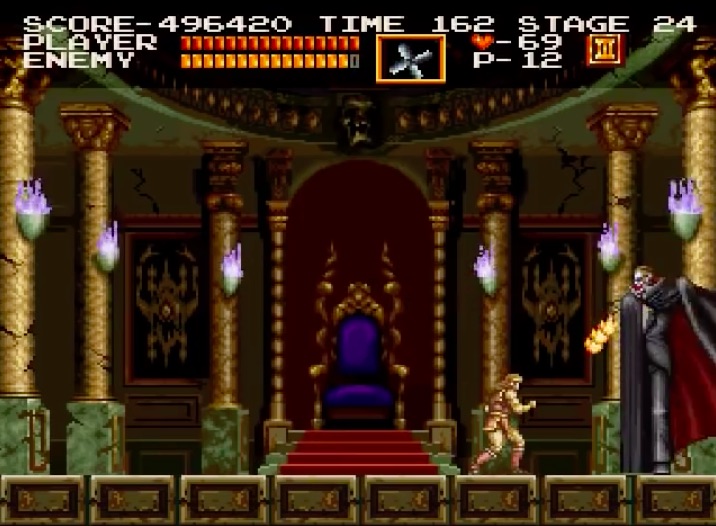
Arrange mode is a good way to practice the journey, but it is not the true Castlevania experience. Getting physically upset and blind with rage is probably what Simon feels when he looks upon an unholy abomination like Dracula. These are the same emotions felt when getting knocked off a ledge at full health and losing a life.
You won’t feel those kinds of emotions while playing as Alucard in Symphony of the Night. It is more satisfying to feel something than nothing at all.
The sense of accomplishment of beating this diabolical game is what it must feel like to cheat death. It is a sensation rarely felt these days in most games, since most of them are designed by a committee and not by a visionary.
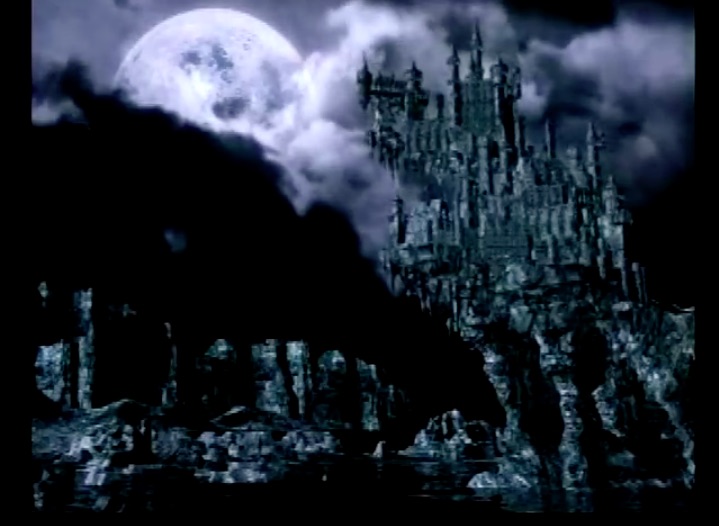
Castlevania Chronicles is one of the rare types of PlayStation games that features a video of the producer as a bonus feature. It is a worthwhile watch, and in it a very young and fresh faced Koji Igarashi expresses his thoughts on the franchise.
Igarashi expresses his patrician tastes; Dracula’s Curse being his favorite entry in the series. He also mentions some hints of him remaking another Castlevania game, something wouldn’t come to fruition for another six years. The title in question was probably the Rondo of Blood remake on PSP; Dracula X Chronicles.
The man truly cared about Castlevania Chronicles and wanted to give gamers the very best version as he saw it. He delivers, and the only way it could have been better is if it included every other version of the game it is based on.

Castlevania Chronicles was released very late in the PlayStation’s lifecycle. It was not given a huge run and as a result, it has become one of the more rare and expensive Castlevania games to physically acquire. The PlayStation 2 was already out when this hit shelves, so interest was at an all time low for a “linearvania”.
Today, there are not many options for a new game like Castlevania Chronicles. Gamers today have to look to the past to find something like it. Thankfully, it is available for a paltry $5.99 on PSN and is playable on PlayStation 3, Playstation Portable, and PlayStation Vita.
Castlevania Chronicles is an acquired taste and most will dismiss it on the grounds that it is old and “unfair”. While it is old, it can be mastered, and the dedicated will appreciate its design. It is in its simplicity where its strengths lie. When the experience is so focused, there is so little it can bungle.
Castlevania Chronicles was reviewed on PlayStation using a personal copy. You can find additional information about Niche Gamer’s review/ethics policy here.
Images: YouTube